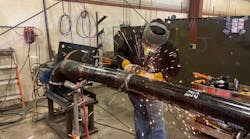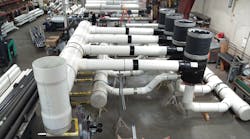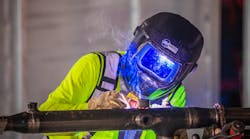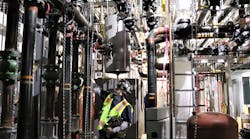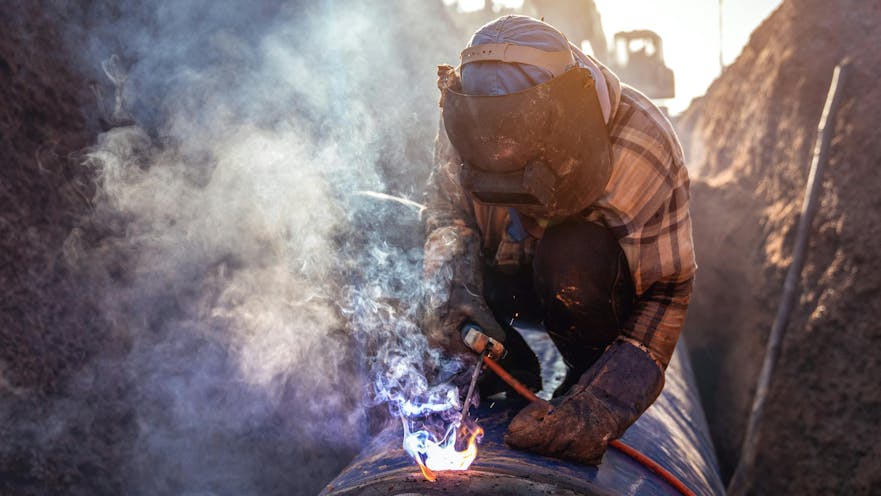Contracting has always been demanding work. To be successful requires a high degree of skill, technical proficiency, business acumen, and—because none of it happens in a vacuum—a deep understanding of human nature.
But in 2024 the nation’s contractors face new challenges: a difficult regulatory environment brought about in response to climate change; an unprecedented pace of technological advancement that demands investment in equipment, software and training; and, above all, a lack of skilled labor able and willing to perform the work.
As incoming MCAA President Rick Gopffarth said in his recent exclusive interview with CONTRACTOR, the biggest problem facing contractors today is, “navigating industry-wide labor shortages that impact ownership groups, developers, architecture/engineering firms, construction managers, general contractors, the MEP trades, and specialty contractors. Facing the size, speed and complexity of today’s projects with diluted talent at the top of the construction pyramid indirectly forces additional risk to the MEP trades.”
[Read more about the recent MCAA Convention that saw the gavel passed to Gopffarth.]
But what if each of these challenges represented opportunities? Read on and you’ll find how some of the nation’s largest mechanical contractors have responded by investing in new types of work (Andy J. Egan Co.) or prefabrication facilities (AZCO). Some have partnered with local community colleges and unions to create a pipeline of skilled workers (Baker Group, Murphy Co.). Some have embraced sustainable design and construction and begun offering it as an added value to their clients (J. F. Ahern, MacDonald-Miller).
No doubt, it’s a challenging puzzle. But for creative, well-managed contracting companies, all the pieces are in place for success.

